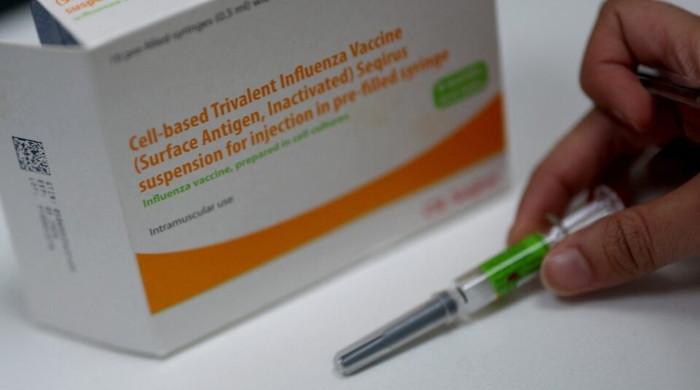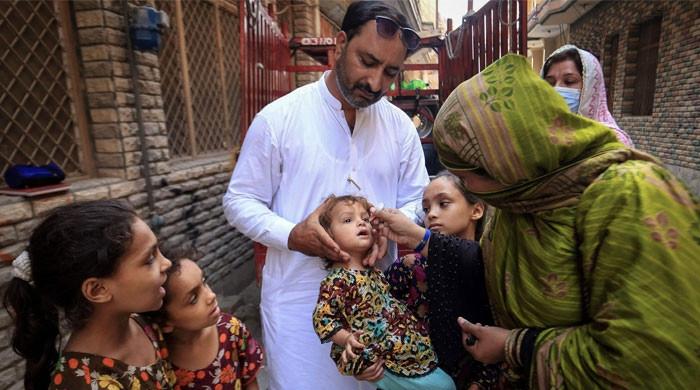Pakistan's COVID-19 positivity rate under 1% for second consecutive day
Country reports 263 fresh infections, 11 deaths in last 24 hours, NCOC data shows
November 14, 2021

- Pakistan has been reporting lowest COVID-19 positivity ratios this week since March 2020 when govt started recording data.
- Infection rate falls to 0.77%.
- Country records less than 300 cases for second consecutive day.
ISLAMABAD: Pakistan’s COVID-19 positivity rate dropped Sunday below 1% for the second consecutive day for the first time since March last year, when the government started recording data on the pandemic.
In the last month, Pakistan has consistently reported a coronavirus positivity rate of less than 2% and less than 1,000 daily infections. Hospitalisations and the daily death count have also dropped, indicating an overall improvement in the COVID-19 situation in Pakistan.
On Sunday, the National Command and Operation Centre’s (NCOC) data showed that 263 people tested positive for the virus after 33,767 tests were taken. This makes it the second consecutive day the country reported less than 300 cases of infection in a single day.
Eleven people, meanwhile, lost their lives to the virus, pushing the death tally to 28,606. The total number of cases so far since the pandemic started stand at 1,279,636, while the active case count is 22,855.
Read more: Pakistan's COVID-19 positivity rate falls to lowest level since March 2020
COVID-19 infections are decreasing in Pakistan, with 447 new infections reported on average each day. That’s 8% of the peak — the highest daily average reported on June 17.
Pakistan has administered at least 118,333,360 doses of COVID vaccines so far. Assuming every person needs 2 doses, that’s enough to have vaccinated about 27.3% of the country’s population.
During the last week reported, Pakistan averaged about 1,053,302 doses administered each day. At that rate, it will take a further 42 days to administer enough doses for another 10% of the population.









